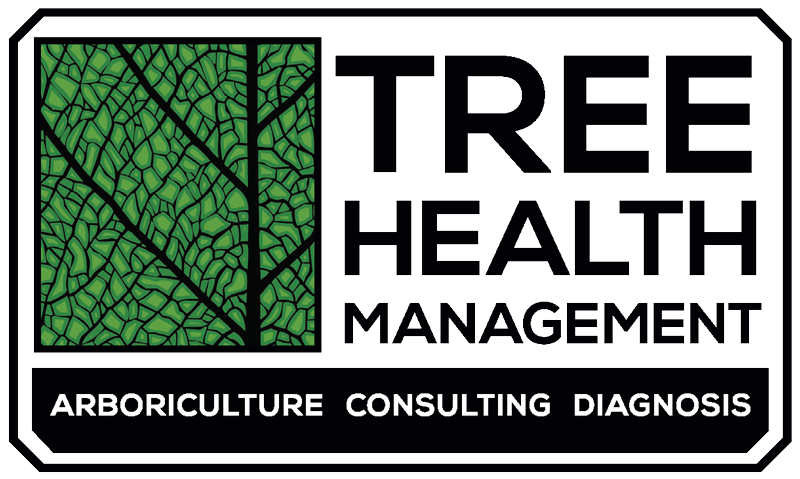Blog | Pest Management | Tree Care
Tree Disease Treatment

How Phenology and Indicator Species Help With Pest and Disease Control
When treating for pests and diseases, the effectiveness of treatments depends on several factors, including dosage, application method, weather events, and the timing of treatments. But how do arborists decide when to administer certain applications? Depending on what pest or disease we are fighting, we use different tools to time the application. One tool we use is tracking the phenology of our trees and indicator species.
Phenology
Phenology is the study of cyclic and seasonal natural phenomena, especially in relation to the annual life cycles of plants and animals. It is a vital field of ecological research that helps us understand how organisms respond to environmental cues, such as day length, temperature, rainfall, and how climate change can impact these cues. Indicator species are species that can provide information on seasonal changes in our environment. An organism whose presence, absence, or abundance reflects a specific environmental condition. You may have heard gardening advice such as plant peas when forsythia blooms, or plant potatoes when the first dandelion blooms. Peas and Forsythia don’t really have anything to do with each other, but we have learned it over generations of gardening experience. While neither of these events occurs on the same calendar day each year, their relationship stands true
Much of what we know of phenology comes from indigenous cultures. They have a tradition of closely observing the annual changes in the environment and behaviors of living things that are passed down through generations. This may include knowing when to plant and harvest certain crops, when to expect the arrival of certain animals for hunting, and when certain fruits may ripen. We use much of the same information in the same ways today. More recently, scientists began to publish phenological data in the early 1900s. Wisconsin’s own Aldo Leopold is considered an early phenologist. His book, A Sand County Almanac, is a great example of tracking seasonal changes in his home Sauk County.
There are many ways that modern scientists apply phenology today. Phenological shifts can help us to understand the impacts of climate change. Health experts can track certain human health events, such as seasonal allergies or the start of tick season. We can better predict the outbreak of wildfires. Farmers can optimize the timing of planting and fertilizing of crops to maximize harvest yields. Ecologists can assess the vulnerability of endangered or threatened species.
In the arboriculture world, we use phenological indicators to know when to begin treatments for certain pests and diseases, including invasive species that threaten our trees. For example, we know that the blooming of Redbud trees marks the hatch of invasive Spongy Moth eggs. Spongy Moth is a destructive invasive species that can defoliate our Oaks. Once they hatch, we begin insecticide treatments that target Spongy Moth more effectively. When the first flowers of Chicory open, it’s time to treat for Squash Vine Borer. When Canada Thistle is in bloom, apple maggot adults are susceptible to treatments.
Growing Degree Days
Another way we track pest and disease emergence is tracking accumulated Growing Degree Days. Because insects are cold-blooded animals, their metabolism and activity depend heavily on the surrounding temperatures. The warmer the weather in Spring, the more quickly insects develop, and vice versa. The most common developmental threshold is 50 degrees, but this varies depending on species. Degree days are accumulated when the daily temperature exceeds the predetermined developmental threshold. The actual math for calculating Growing Degree Days is more complicated, but it’s based on the average between the daily high and low temperatures.
In arboriculture, we use growing degree days to track the emergence of certain disease vectors. For example, we track the emergence of the beetle that carries and spreads Oak Wilt. Once we reach the Growing Degree Day Threshold for beetle emergence, we end our oak pruning season for the year. We also use Growing Degree Days to track the emergence of Emerald Ash Borer, Bronze Birch Borer, and Asian Longhorn Beetles. Close tracking of their lifecycles like this means our applications of insecticides are more targeted and effective.
